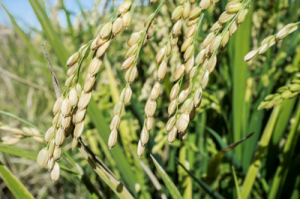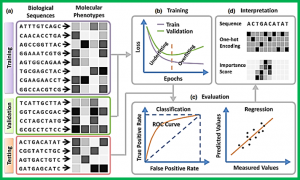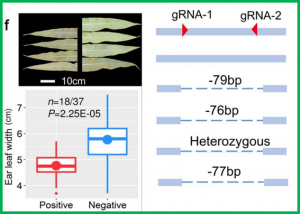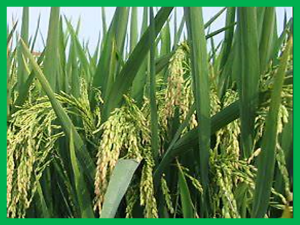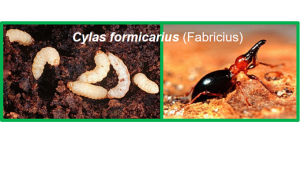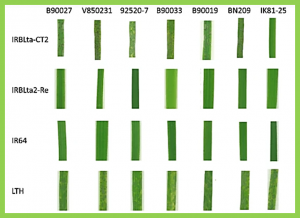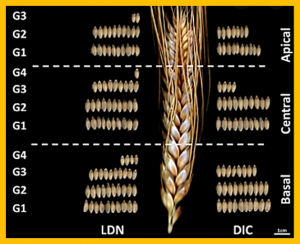The cassava genome possesses 14 of the 17 plant PR families, with a total of 447 PR genes. A cassava PR gene nomenclature is proposed. Phylogenetic relatedness of cassava PR proteins to each other and to homologs in poplar, rice and Arabidopsis identified cassava-specific PR gene family expansions. The temporal programs of PR gene expression in response to the whitefly (Aleurotrachelus socialis) in four whitefly-susceptible cassava genotypes showed that 167 of the 447 PR genes were regulated after whitefly infestation.
Cassava is the 6th most important source of dietary energy in the world but its root system architecture (RSA) had seldom been quantified. Ability to select superior genotypes at juvenile stages can significantly reduce the cost and time for breeding to bridge the large yield gap. This study adopted a simple approach to phenotyping RSA traits of juvenile and mature cassava plants to identify genotypic differences and the relationships between juvenile traits and harvest index of mature plants.
Loss of seed shattering has been regarded as a key step during crop domestication. Mutagenesis contributes to the development of novel crop cultivars with a desired seed-shattering habit in a relatively short period of time, but also to uncovering the genetic architecture of seed shattering. ‘Minamiyutaka’, a non-shattering indica rice cultivar, was developed from the easy-shattering cultivar ‘Moretsu’ by mutation breeding via gamma-ray irradiation.
Our era has witnessed tremendous advances in plant genomics, characterized by an explosion of high-throughput techniques to identify multi-dimensional genome-wide molecular phenotypes at low costs. More importantly, genomics is not merely acquiring molecular phenotypes, but also leveraging powerful data mining tools to predict and explain them. In recent years, deep learning has been found extremely effective in these tasks.
Identifying genotype-phenotype links and causative genes from quantitative trait loci (QTL) is challenging for complex agronomically important traits. To accelerate maize gene discovery and breeding, we present the Complete-diallel design plus Unbalanced Breeding-like Inter-Cross (CUBIC) population, consisting of 1404 individuals created by extensively inter-crossing 24 widely used Chinese maize founders. Results: Hundreds of QTL for 23 agronomic traits are uncovered with 14 million high-quality SNPs and a high-resolution identity-by-descent map, which account for an average of 75% of the heritability for each trait.
Hybrid breeding is the main strategy for improving productivity in many crops, especially in rice and maize. Genomic hybrid breeding is a technology that uses whole-genome markers to predict future hybrids. Predicted superior hybrids are then field evaluated and released as new hybrid cultivars after their superior performances are confirmed. This will increase the opportunity of selecting true superior hybrids with minimum costs
Heterostyly represents a fascinating adaptation to promote outbreeding in plants that evolved multiple times independently. While L-morph individuals form flowers with long styles, short anthers, and small pollen grains, S-morph individuals have flowers with short styles, long anthers, and large pollen grains. The difference between the morphs is controlled by an S-locus “supergene” consisting of several distinct genes that determine different traits of the syndrome and are held together, because recombination between them is suppressed.
Sweetpotato weevil is among the most harmful pests in some major sweetpotato growing areas with warm climates. To enable the future establishment of safe weevil-resistance strategies, anti-weevil metabolites from sweetpotato should be investigated.
Rice blast is generally considered the most devastating rice disease worldwide. The development of resistant varieties has been proven to be the most economical strategy to control the disease. A cluster of resistant (R) genes on rice chromosome 12 including Pita, Pita2 and Ptr has been studies for decades. However, the relationship between these R genes has not been well established.
Grain size and weight are crucial components of wheat yield. Previously, we identified a QTL cluster for thousand grain weight (TGW) on chromosome 4B using the Nongda3338 (ND3338)/Jingdong6 (JD6) doubled haploid population. Here, near-isogenic lines (NILs) in the ND3338 background were developed to dissect and validate the QTL cluster. Based on six independent BC3F3:4 heterogeneous inbred families


 Curently online :
Curently online :
 Total visitors :
Total visitors :


